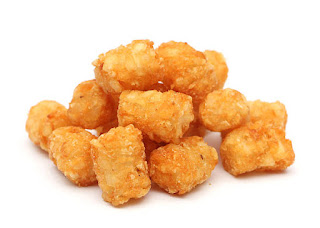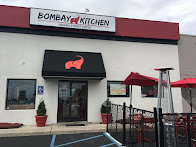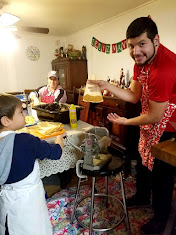Apple Stack Cake-Icon of Appalachian Cuisine? (March 2024)
since I first heard about it in the early 2000s. A cake made of 7-13 thin cookie-like layers sandwiched together with a sauce ideally made from dried apples and, some insist, sorghum, it has been held up as an icon of Appalachian cuisine by chefs, cookbook writers, and food journalists.
I learned of stack cake from Mark Sohn, a French-trained chef from the Pacific northwest who was teaching in Kentucky and had taken an interest in the region’s food culture. He began writing a weekly column in the local paper, asking for readers to send in recipes and memories. He then reworked the recipes and published several cookbooks. One of the first “outsiders” to celebrate mountain foodways as worthy of attention from gourmet cooks, his books drew a great deal of attention and were nominated for James Beard awards. (Sohn, Mark F., Appalachian home cooking: History, culture and recipes. Lexington, Kentucky: The University Press of Kentucky, 2005 and Mountain country cooking: A gathering of the best recipes from the Smokies to the Blue Ridge, forward by John Egerton. New York: St. Martin’s Press, 1996.)
Anyway, I had never seen or heard of the cake prior to Sohn, so I began looking for it. I discovered that Ronni Lundy, a native of Kentucky, and another author of cookbooks, had grown up with it and even featured it in her 1994 cookbook, Shuck beans, stack cakes, and honest fried chicken: The heart and soul of southern country kitchens.
Still, both of these authors were based in Kentucky, and southern Appalachia is a big place with lots of sub-regions. My area of western North Carolina (mostly, Ashe and Buncombe counties) was very different from parts of Kentucky and West Virginia that had historically been exploited for coal mining. Tourism had kept the natural environment preserved as a scenic attraction, and the highland plateau of Ashe County had supported thriving family-based cattle and dairy industries.
It wasn’t that I distrusted those authors, but I wasn’t sure that apple stack cake could stand for all of southern Appalachian food culture. Also, they discussed it as an icon of a regional cuisine. I never heard anyone refer to mountain food traditions as “cuisine,” and whenever I suggested it, people tended to look incredulous and even laugh—local residents because it sounded too “fancy;” outsiders because the assumptions about that food culture was that it, at best, was simple, plain cooking that took little skill or, at worst, featured roadkill and small critters.
I set out looking for apple stack cake on my various travels through Appalachia and never once came across it. And then, after attending this year’s Appalachian Studies conference in Cullowhee,NC, I decided spur of the moment to stay an extra day in order to go hiking and visit friends who had rented a place in Waynesville. (Also, is cut off an hour of travel time back to
On the off chance, I mentioned to the young woman serving us that I was looking for apple stack cake. Not only had she definitely heard of it, but her aunt served it at her restaurant at the other end of town! And she opened at 7 in the morning for breakfast.
The next morning, my intrepid friend, Pat, went with me for breakfast before I headed home. Sure enough. They had a whole stack cake in their refrigerator. They brought it out and cut two large quarter slices for me. It was delicious, and very different texture from the usual cake. The woman who makes them wasn’t in yet, but the servers showed me the jar of sugar cane molasses that she uses (not sorghum). They also said the cakes usually have 7 layers, but they had messed up one layer, so this one only had 6.
After looking for over 20 years, I finally got to taste the cake—and it was just on the off chance, that I found it at Haley and Waylon’s Southern Kitchen in Waynesville, NC.
Interestingly, I stopped off at the Appalachian Museum in Tennessee on my way back north to see if the restaurant was open and serving corn casserole—the best I’ve tasted anywhere, except my grandmother’s in Kannapolis. I asked the servers there if they ever offered stack cake, and the young woman said she had never heard of it. When I said it was supposed to be the best of Appalachian cooking, she pointed out that they were the Appalachian Museum, but never had it on their menu. Then, on the way out, I greeted an older couple who were just finishing their meal. The woman said the founder of the museum was her husband’s brother. I asked her about stack cake, and she said, oh yes, she loved it, but it was a lot of trouble to make so didn’t have it often. She said they just lived across the road and come up for a visit, but I had to get on home. Next time!



























